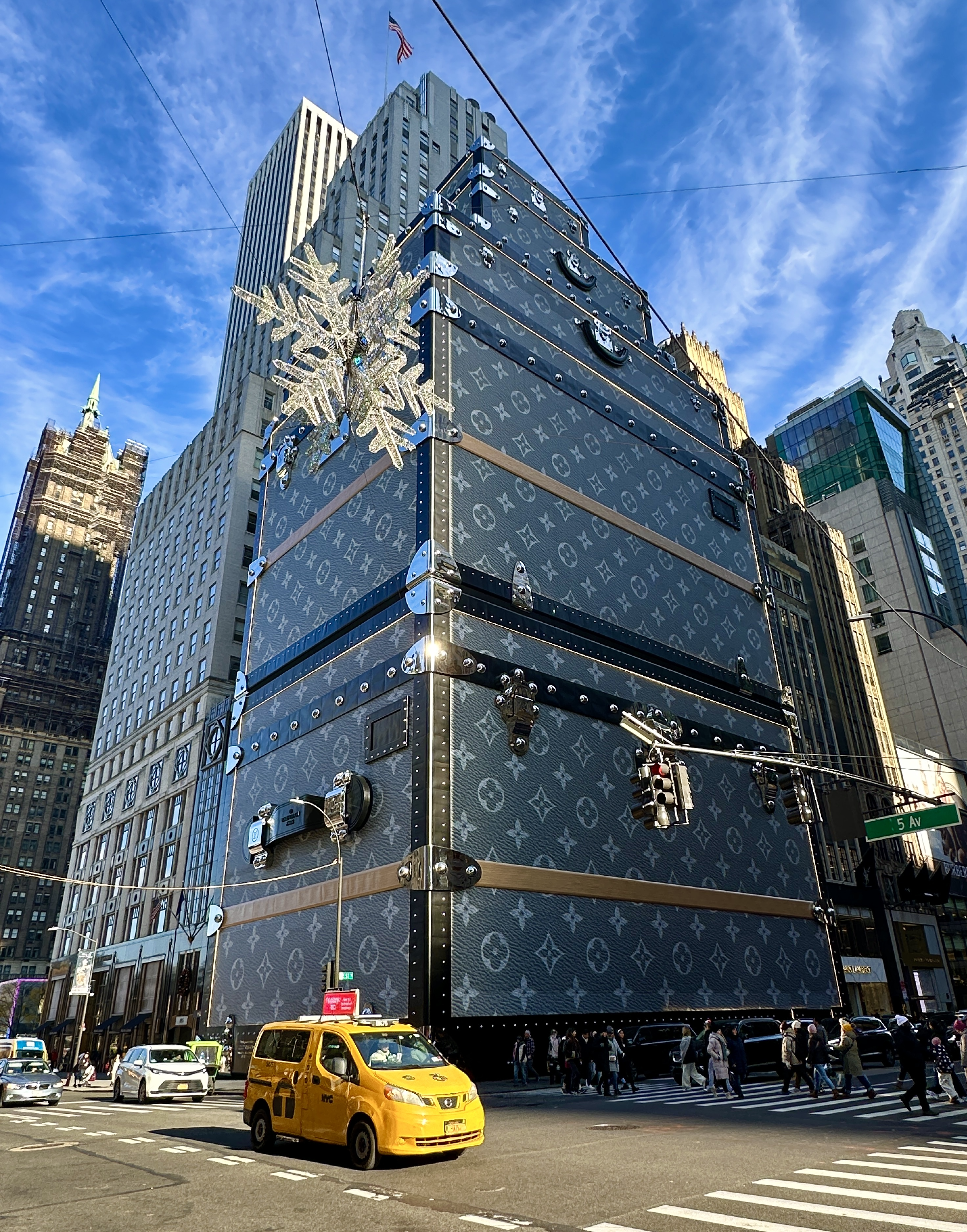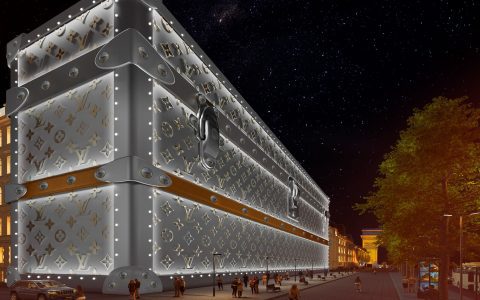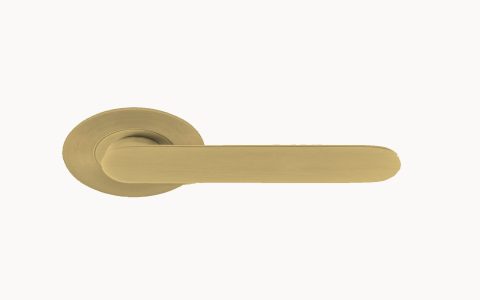Louis Vuitton facades are more than mere storefronts; they are integral to the brand's identity, serving as powerful architectural statements that communicate luxury, innovation, and artistic vision. Each facade is meticulously designed to create a unique and memorable experience, often becoming a landmark in its respective city.
Key Design Elements & Strategies
Several core principles underpin the design of Louis Vuitton facades:
- Brand Iconography Integration: The iconic Monogram or Damier patterns are frequently reinterpreted and incorporated, sometimes subtly, sometimes overtly, into the facade's structure or surface treatment. This reinforces brand recognition instantly.
- Material Innovation & Quality: LV facades often showcase cutting-edge materials and construction techniques. This can range from custom-developed glass, high-performance metals, to innovative composites, reflecting the brand's commitment to craftsmanship and quality.
- Dynamic Illumination & Digital Art: Light plays a crucial role, with sophisticated lighting schemes that transform the building's appearance from day to night. Increasingly, large-scale digital screens or media facades are used to display artistic content or brand animations, creating a dynamic visual dialogue.
- Architectural Collaboration: Louis Vuitton frequently collaborates with world-renowned architects and design firms. This ensures a high level of architectural merit and allows for diverse, context-specific designs that often push creative boundaries.
- Contextual Sensitivity & Spectacle: While aiming for visual impact, designs often consider the local architectural vernacular and urban context, either by harmonizing or by creating a deliberate, artistic contrast. The goal is to create a destination that respects its surroundings while standing out.
Architectural Significance & Impact
Louis Vuitton facades push the boundaries of retail architecture. They are not simply about enclosing a retail space but about creating an immersive prelude to the brand experience within. These structures often contribute significantly to the urban landscape, functioning as public art and drawing visitors.

The facades act as a primary communication tool, conveying:
- Exclusivity and Luxury: The scale, bespoke materials, and design sophistication signal the high-end nature of the brand.
- Artistic Patronage: Collaborations with leading architects and artists highlight LV's deep connection to the art and design world.
- Innovation: The consistent use of novel materials and technologies reflects a forward-thinking brand identity that values progress and creativity.
Evolution and Future Trends
Over the years, Louis Vuitton facade designs have evolved from more classical interpretations of luxury to embrace highly contemporary and even futuristic aesthetics. There is a growing emphasis on sustainability in materials and design, as well as an increasing integration of interactive digital elements. The facade often becomes a living, breathing entity that engages with the public in new ways, ensuring the brand remains at the forefront of design innovation and experiential retail.







